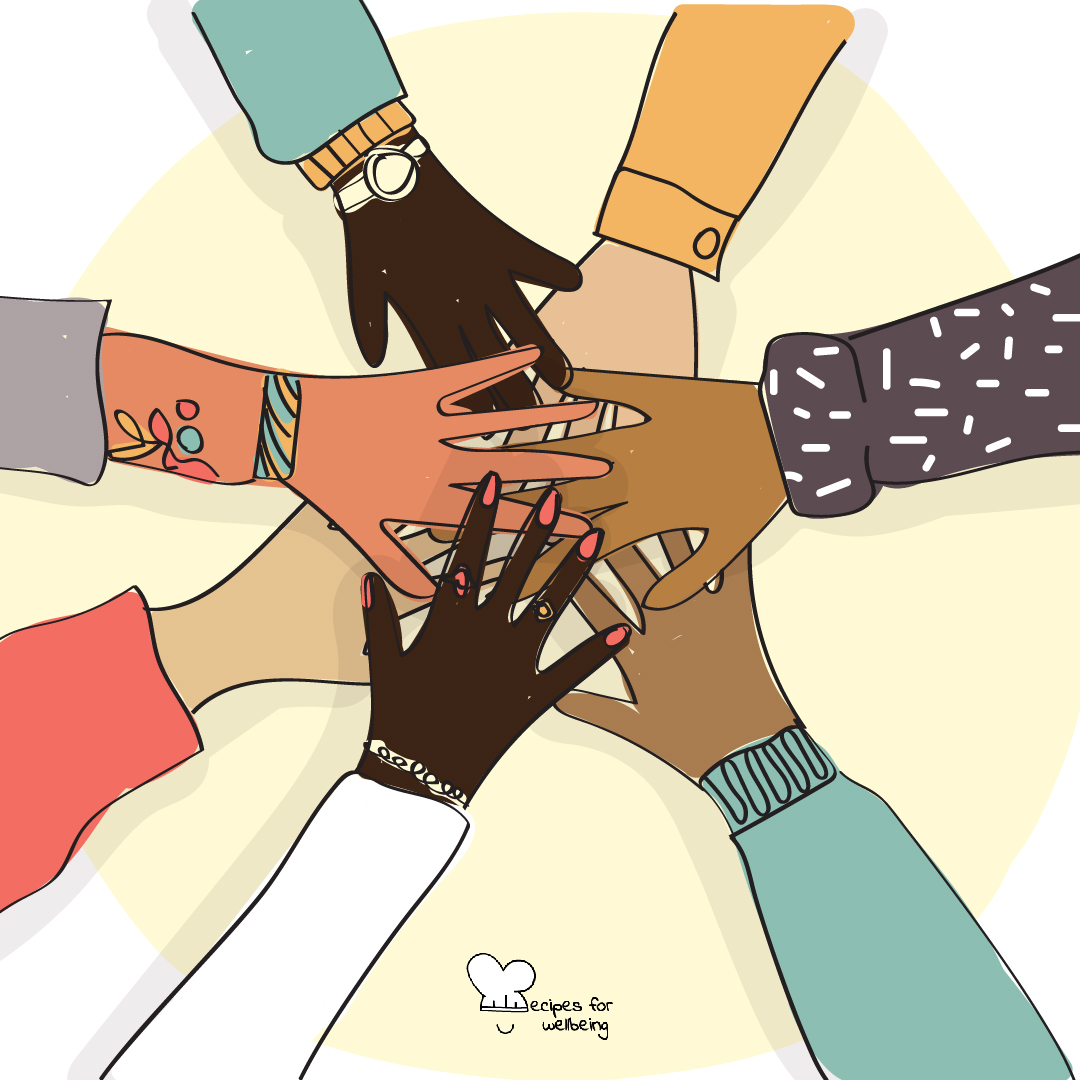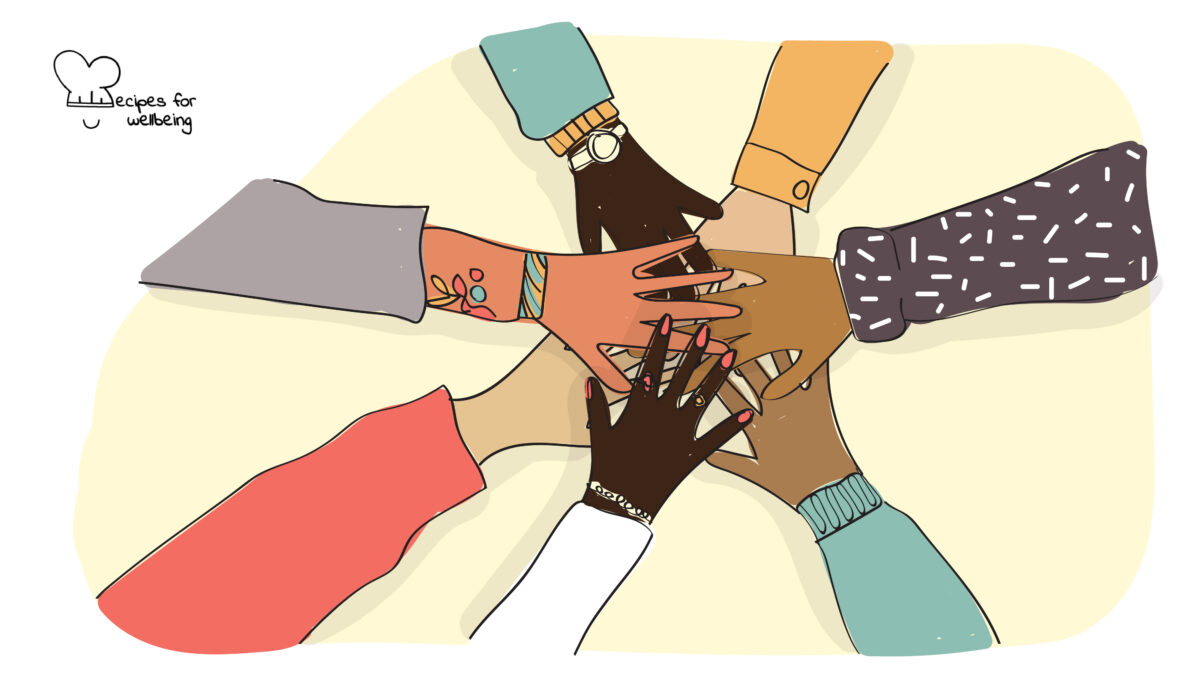
Beyond allyship: Coalition
One of the things that allyship fails to address is the fact that you can continue to view black people as inferior while still being committed to their protection. ―Emma Dabiri
👥 Serves: 1 person
🎚 Difficulty: Hard
⏳ Total time: Ongoing
🥣 Ingredients: “What White People Can Do Next – From Allyship To Coalition” book by Emma Dabiri (if you’re curious to find out more about it!)
🤓 Wholebeing Domains: Community, Liberatory Learning
💪 Wholebeing Skills: Allyship, Challenging, Diversity, Equity, Inclusion, Inquiry, Liberation

Beyond allyship: Coalition
📝 Description
A critique of allyship and an invitation to transcend it through coalition building.
We have several recipes connected to the topic of allyship, such as “LGBTQIA2S+ allies in the workplace” and “Strategies to support LGBTQIA2S+ folks in the workplace”, as well as “The DOs and DON’Ts of Allyship”, “Including and empowering women of colour at work” and “Stopping micro-aggressions for women of colour in employment”. Without discounting the positive change they can generate, the following recipe invites you to go one step further and transcend allyship to move towards coalition building.
It is based on the work of Emma Dabiri in “What White People Can Do Next – From Allyship To Coalition” and is meant to provoke a deeper reflection on the whole allyship movement.
👣 Steps
Step 1 – Unlearn allyship
Emma Dabiri invites you to challenge the definition of allyship: “An ally is someone from a non-marginalized group who uses their privilege to advocate for a marginalized group . . . They transfer the benefits of their privilege to those who lack it.” What’s problematic about this definition?
- It is generic. Who are the ‘marginalised’ people and who are the ‘non-marginalised’ people?
- It focuses on loss. It assumes that the privileged people will need to sacrifice their privilege (or parts of it) for the benefit of the ones who lack it.
- It simplifies power dynamics. It assumes that the privileged people are in possession of enough power to be able to transfer it. Is that so?
- It perpetuates exploitation. It assumes that the benefits of the privilege can be easily transferred. But what if those benefits have been extracted through exploitation?
Dabiri claims that “if somebody’s else inferiority is a necessary prerequisite for your own sense of self, you are somewhat trapped, if not doomed.” What is needed instead, Dabiri argues, “is an understanding, not so much of an intersectionality of identities, but an intersectionality of issues”.
Step 2 – Relearn coalition
According to Dabiri, coalition building is what is needed to understand the intersectionality of issues. What are the main characteristics and strengths of this approach?
- It is about mutuality. Coalition building is concerned with identifying shared interests. By focusing on the source of the problem, Dabiri claims, you can remain “mindful of the different textures of our varied but interconnected struggles”.
- It shifts focus from individuals to systems. Allyship relies on the ‘good’ behaviour of individuals and as such, is quite precarious. Coalition building shifts the focus to challenge oppressive systems.
- It is empowering. Because allyship appeals to your desire to help a ‘victim’, it can actually perpetuate the power imbalance that exists between you two. On the contrary, coalition building is about identifying a common ground that will benefit all.
Will you accept Dabiri’s invitation to join in coalition with other groups and movements to liberate us from oppressive systems?

